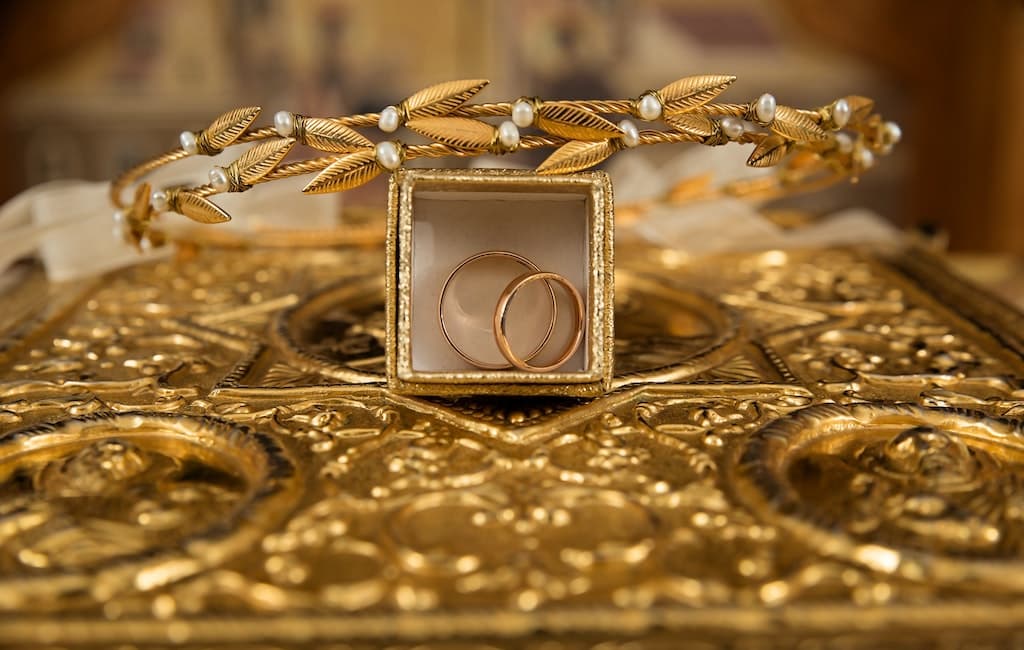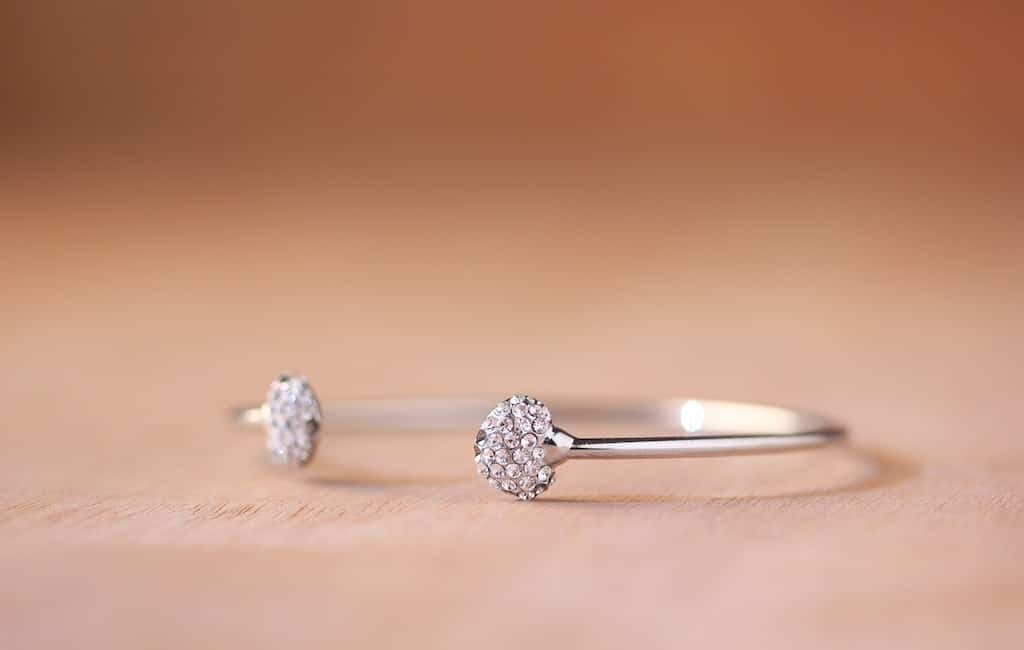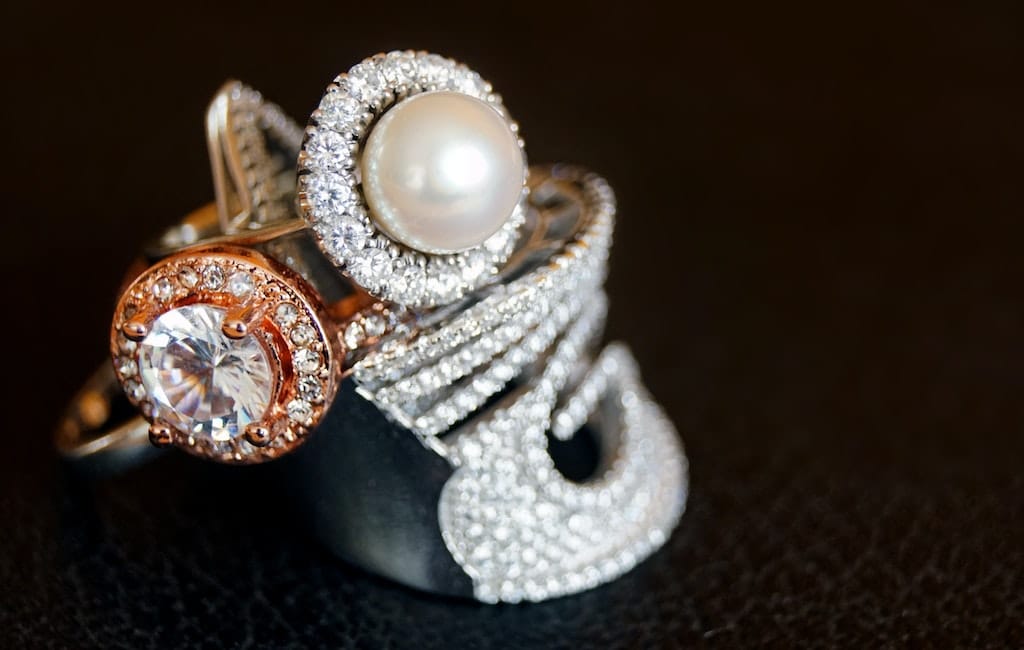The oldest jewelry discovered was dated to 25,000 years ago. This straightforward fishbone necklace was discovered in a cave in Monaco. What was the meaning of this necklace? Was it for a witch doctor or the village chief?
Perhaps a princess wore it as a reward from her spouse for bearing a son. Although we may never know the true motivation behind the gift’s creation, we may use our imagination to try to comprehend how people thought back then.
As vital as the requirements we meet by taking care of our bodies might be the urge to feel welcomed and like we belong. Belonging also represents a necessity since having a strong sense of self and identity is not a luxury. Teeth, claws, horns, and bones were the first ornaments, which were derived from the hunt.
Hunters thought that donning their trophies would ensure success on their upcoming hunts. Keep in mind that a good hunter was essential to the village’s daily existence and was deserving of praise and benefits. Of course, the best hunters wanted to display their bravery and skill.
Jewelry was worn as an amulet in ancient civilizations to ward off disease and bad luck. In the legends of his journey across Middle Earth, Frodo was shielded from danger by the silver vest of the elfin princess.
Even now, we hear the stories and exploits of those who, in the distant past, managed to find riches and luck thanks to diamonds and jewelry. Jewelry fashioned into symbols that are believed to offer the user control over fertility, prosperity, and love develops from these mythologies. People wore jewelry because of its mystical qualities.
Later, jewelry began to represent commitment and personal connection. Bracelets were required to be worn by slaves as a sign of their ownership. Wedding bands served as a sign of the commitment that two individuals had to one another. Only the rich and high-ranking church officials were once permitted to wear jewels throughout Europe.
This was a symbol of power and prosperity. The commoners who wanted to look like them would accessorize their festive attire with less expensive jewelry to add color and flash. Even now, certain African tribes still use humongous lip plugs that deform the wearer’s mouth. This is done to make the ladies unattractive so that the other tribes won’t want to kidnap them and the males appear more dreadful in combat.
Have you ever seen African ladies with long necks? Since early childhood, a new ring has been added to do this. The upper torso is distorted, and the neck seems longer as a result.
We can understand how jewelry changed over time and how it is now found in jewelry stores by tracing the history of jewelry from the ancient worlds of Africa to the Mediterranean to Europe and eventually the United States.

Iran and the Mediterranean
Around 3,000 to 400 BC, civilizations that flourished in the Mediterranean and what is now Iran left behind the earliest signs of jewelry. Typically, these were simple amulets and seals made of stone. Numerous of these amulets and seals included floral patterns, stars, and other symbolic symbols.
The gods received gifts of jewelry, which was also used to adorn sculptures. The largest collection in human history was given to us by the Royal Tombs in Sumner, which date back to 3000 BC. They discovered mummies covered in every kind of jewelry conceivable, including headdresses, necklaces, earrings, rings, crowns, and pins.
The Egyptians
The ancient Egyptians were another group that wore talismans and amulets. Everyone has seen the scarab, a sculpture of a little beetle, in Mummy movies. The ankh, a symbol of life, was another typical theme. The many strands of beads in various hues are a common accessory that is even returning to trend.
The Egyptians used a variety of colorful gemstone varieties to create bracelets. Given their continued popularity, you have probably heard of amethyst, carnelian, green feldspar, and turquoise.
The vulture stood in for Nekhbet, the patron goddess of Upper Egypt, while the cobra represented Lower Egypt in the emblems employed by the Egyptians to express their sense of national pride. The royal jewelers employed lapis lazuli, amethyst, chalcedony, turquoise, gold, and silver. Afghan mining workers sold lapis lazuli for their goods. Faience, a glass-like coating over clay and glass inlays, was another thing that made the Egyptians renowned.
Color symbolism was significant to the ancient Egyptians because they had a strong belief that colors mirror elements of our character. The pharaoh and his priests’ crowns and jewelry were invariably made of yellow and gold, which were thought to be related to the sun.
For the pharaohs to regain their ability to speak in the afterlife, a green stone was placed in their mouths. It was thought that the red AB or heart amulet would protect the soul. Health and safety were given by the golden Udjat.

Bahrain
Off the coast of Saudi Arabia, in the Persian Gulf, sits the flat island of Bahrain. This island was not home to royalty or prosperity. but a commoners’ island where 170,000 graves have been found. While some are as recent as 300 BC, the oldest are close to 4,000 years old. They genuinely had a great quality of living; these were regular people.
Archaeologists have descended upon Bahrain in an effort to learn more about how these people lived. They discovered bronze axe heads, javelins, and even a 4,000-year-old jar that was linked to prehistoric Oman. However, the most ancient earring ever discovered, made of pearl and gold, was their genuine discovery.
The Greeks
Greeks were prolific authors who frequently discussed jewelry and how it affected their daily lives. Greek jewelry was lavish and diverse, reflecting the richness of the culture as early as 1200 BC. The Greeks first imitated Eastern Motifs but subsequently created their own style in accordance with their veneration of the gods and symbols. Greek jewelry comprised tiaras, brooches, earrings, bracelets, rings, and hairpins.
Greek ladies occasionally wore necklaces with up to 75 little vases hanging from them. Their jewelry combined the use of gold in Etruscan jewelry with the Eastern preference for gemstones. Granulation, a technique for creating small gold beads, was developed by the Etruscans.
The Romans
The majority of the gem stones still in use today had been found by the time of the Romans. At the time, myth and magic were prevalent, and jewels were revered. The Roman ladies wore hairpins that were long enough to be used for self-defense, thus they served two purposes.
The cameo was appreciated for its beauty by the Romans, who also adored it. Necklaces, bracelets for the wrist and upper arms, and gold coin jewelry all gained popularity.
The Byzantine Empire
The Byzantine Empire had the most extensive jewelry heritage. After the capital was relocated to Constantinople by Emperor Constantine in 330 AD, the Byzantines took up this position of respect. The glory and wealth of Greece, Egypt, the Near East, and portions of Russia and North Africa were combined under one empire.
Rich colors and eastern symbols were used, and this style persisted during the Middle Ages as a result of the fusion of influences from this cultural melting pot. Through commerce, marriage, and battle, their ideas made their way into Europe from the west. During the Byzantine era, cloisonné enameling, which involves pouring glass glaze into pre-soldered patterns or cells and setting it in place before firing it at a high temperature to melt the glaze into a permanent design, thrived..
Darkness enveloped the nations that Rome dominated after it collapsed. In Europe, living was difficult, and luxury like jewelry all but vanished. The church held the majority of the riches at this period. The holy world was adorned with gem-studded altars, chalices, and icon missals in the eleventh century (books used during mass.)
Bands of soldiers visited the holy land during the Crusades and brought back a huge haul of diamonds and jewelry. The majority of the booty went to the Church, but many items were not given to the church and ended up in the hands of the ordinary people.
The Crusades
It had been several centuries since there had been any significant trade between East and West, but the Crusades brought about a new period of commerce and connection. It introduced Europeans to novel goods and concepts. Few peasants wore jewelry between the twelfth and the fifteenth centuries, with the exception of the occasional brooch or hatpin.
The royal family and churches in the Middle Ages disapproved of commoners wearing jewelry or emulating their attire or demeanor. The nobles saw this as a unique benefit available solely to them. Sumptuary Laws were introduced to put this concept into action. These restrictions controlled what individuals were permitted to wear in an effort to reduce extravagance and encourage economy.
Henry VIII, a member of the English royal family, donned the most expensive attire of the sixteenth century, despite the French setting fashion trends. He wore at least 234 rings, 324 brooches, and necklets with diamond and pearl adornments.
His daughter Elizabeth I had nearly 2000 garments fashioned, each weighed down with pearls and precious stones since she loved pearls so much. Elisabeth wore outfits that were common for the time. The Spanish Queen also donned garments that were richly bejeweled and pearl embroidered.
French King Louis XIV vowed that his court would be the most opulent in the entire country. More huge diamonds from India were brought under his reign (1642–1715) than at any previous period in history. Have you heard of the Hope Diamond in blue? It is said to have been purchased from Jean-Baptiste Tavernier with the intention of being set in a necklace by the Royal Jewelers Le Grand. This necklace was supposed to be a wedding gift for Marie Antiquette from him to his grandchild, but it was taken.
Final Comments
Jewelry has been around for a long while. It is used to represent many things, from general interest, love, to wealth, to status, etc. What is your favorite jewelry and how often do you wear it?

